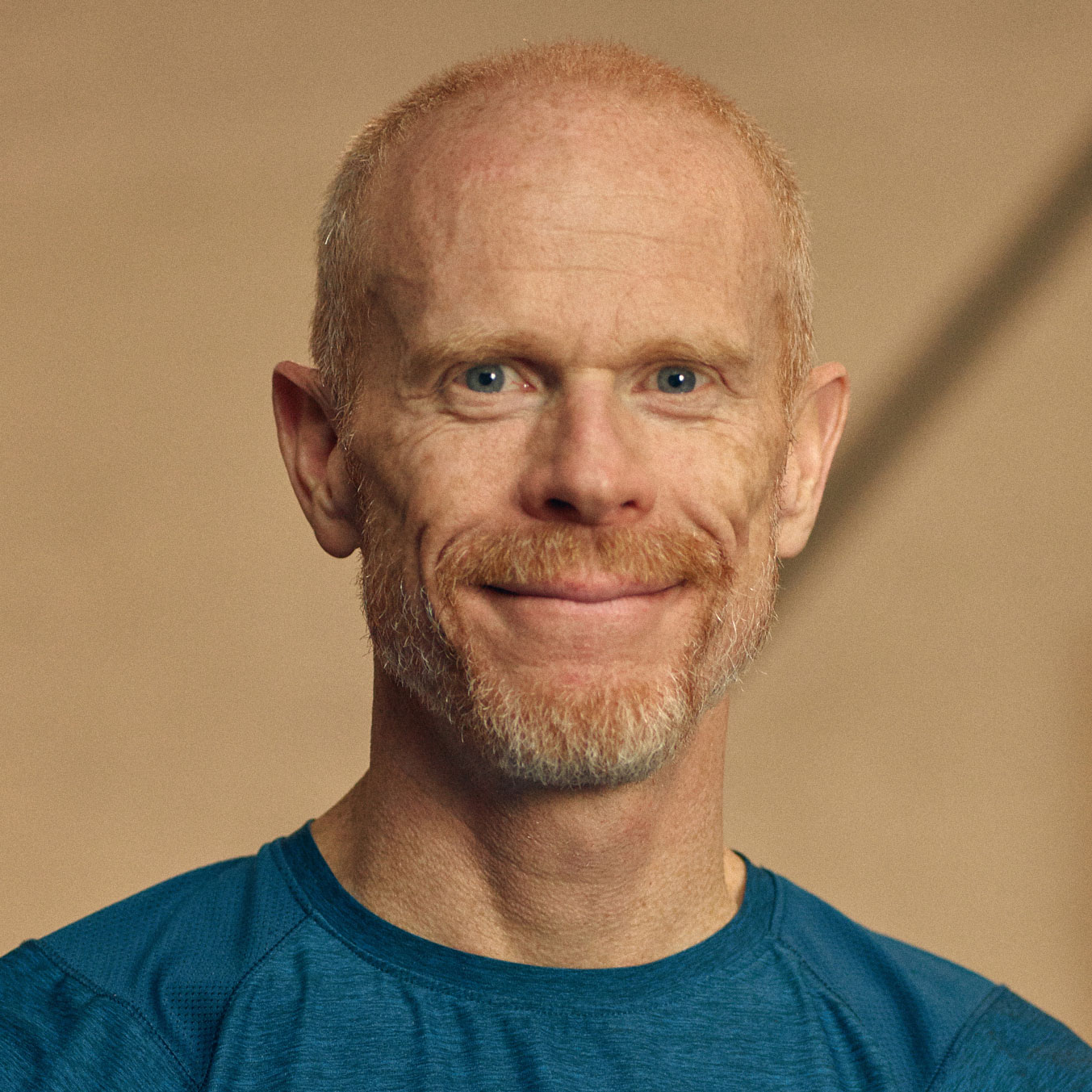Variety for Longevity

By Dan McDonogh
It’s a new year and a new decade! For those of us in the fitness industry it is one of, if not, the busiest times of the year. People are flocking to our classes and booking PT sessions in droves, attempting to fulfill New Year’s resolutions. What often comes along with this is the mentality of ‘more is better’. Whether it be going to the gym seven days a week and/or doing too much of the same thing every day, like HIIT, our participants/clients are trying to ‘get fit fast’. Our role as fitness professionals is to manage this expectation and do our best to give them what they want while giving them what we know they need.
I believe our responsibility is: To enhance and extend their quality of life. Whether it is nutritional planning, programming, recovery/regeneration strategies, or helping a participant to build a well-rounded weekly class schedule, we need to educate our participants/clients to empower them to make better informed decisions.
As a Group Fitness Instructor, one of our roles is to help our participants who come to classes understand the importance of variety – not only from an enjoyment perspective, but from a longevity perspective. Strength, Power, Endurance, Mobility, Flexibility etc., are all components of fitness that we know are necessary to make a healthy, durable individual, but more often than not our participants do not know this information.
As an example, if you see the same individual(s) coming to your HIIT class day after day, you could take the time to make a statement at the beginning of your class that emphasizes the importance of variety to increase performance, enjoyment, and longevity. You could follow this up by informing the class that too much high impact/high intensity does not allow the body to recover. If the body doesn’t get a chance to recover, it becomes more prone to injury and burnout, and this could lead to them not achieving their goals that they work so hard to achieve.
By simply taking the time to inform the group at the beginning of your class, this could lead to someone approaching you after class with more questions on how to manage their time in the gym. This could even lead to a Personal Training session if you happen to be a Trainer as well!
It’s important to note than we are not telling our participants/clients who insist on coming to the gym six or seven days a week not to come, but what we are emphasizing to them is the importance of variety for longevity should they choose to do so.
One of my go to statements now is that we need: Recovery to Train not Train to Recover. It wasn’t until I truly dove deep into the power of recovery and after years of over-training, nagging injuries, and ignoring the importance of quality over quantity did I fully understand and embrace the power of this concept. At the age of 49, I can truly say that I am moving better and I more durable than I have ever been.

